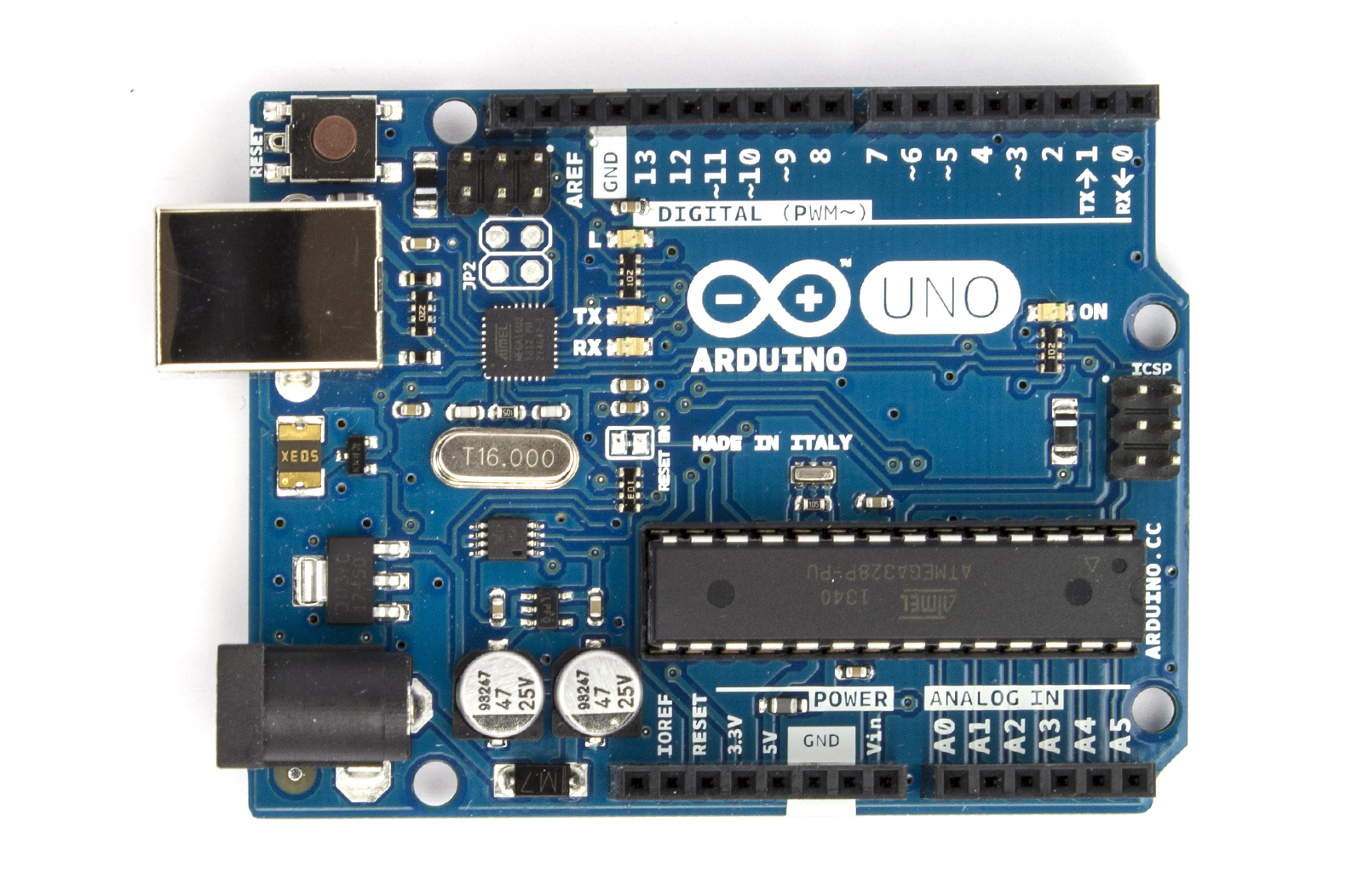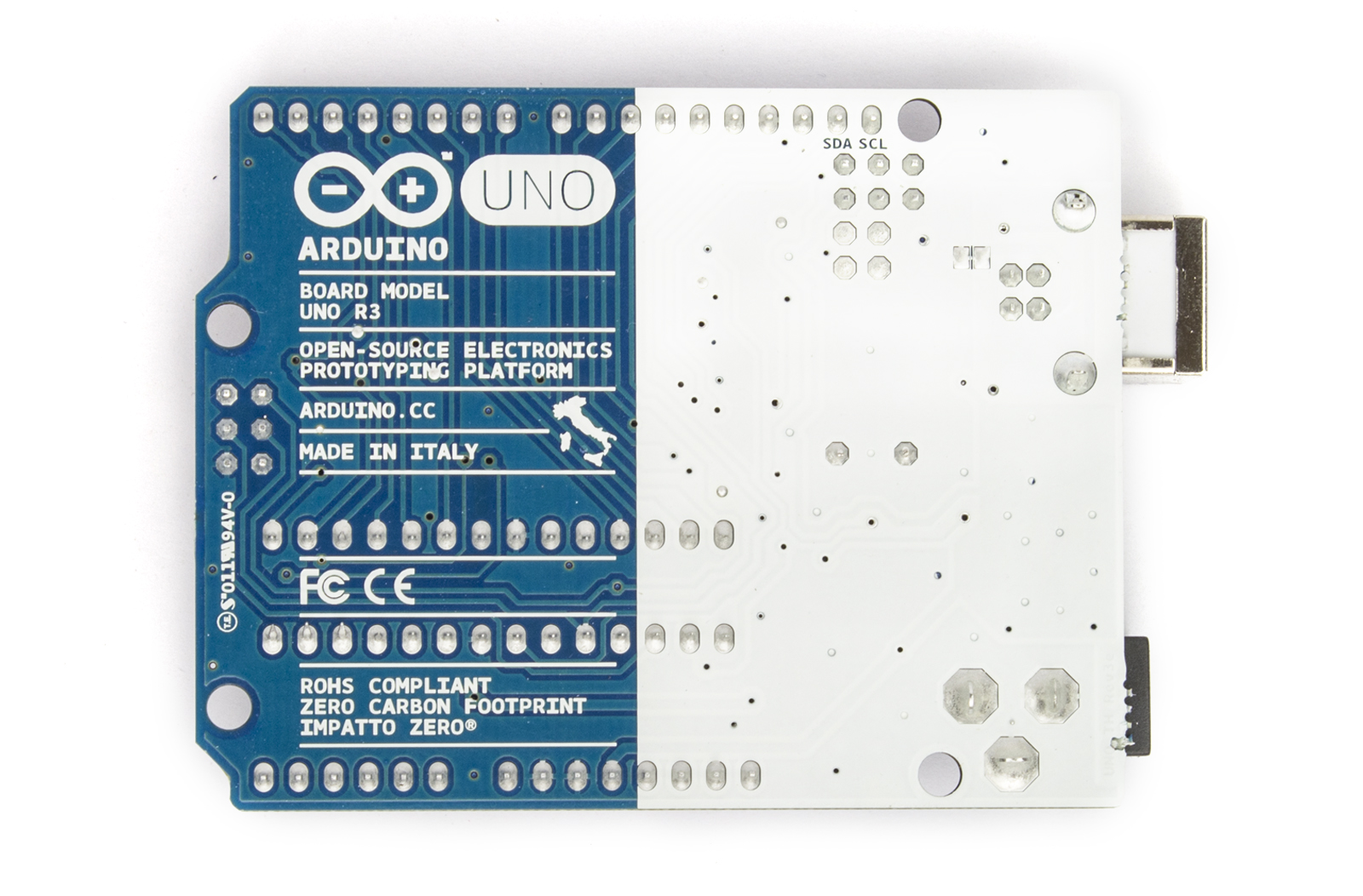Date: 31/3 - /04/2013 (Monday to Thursday)
Title: Research and Findings
In this week, my research focusing on how to develop the program for my system. The main function of the program is to get the information from that . After consideration and get suggested from my friends and senior , i chose to use Arduino Uno integrated circuit to control the operation in and out of my project. It because, is it simple to use and there are a lot of tutorials about the hardware and software. Below is example of Arduino circuit :-
Arduino Uno R3
The Arduino Uno is a microcontroller board based on the
ATmega328 (datasheet). It has 14 digital input/output pins (of which 6 can be
used as PWM outputs), 6 analog inputs, a 16 MHz ceramic resonator, a USB
connection, a power jack, an ICSP header, and a reset button. It contains
everything needed to support the microcontroller; simply connect it to a
computer with a USB cable or power it with a AC-to-DC adapter or battery to get
started.
The Uno differs from all preceding boards in that it does
not use the FTDI USB-to-serial driver chip. Instead, it features the Atmega16U2 (Atmega8U2 up
to version R2) programmed as a USB-to-serial converter.
Revision 2 of the Uno board has a resistor pulling the 8U2 HWB line to ground, making it easier to put into DFU mode.
Revision 3 of the board has the following new features:
Revision 2 of the Uno board has a resistor pulling the 8U2 HWB line to ground, making it easier to put into DFU mode.
Revision 3 of the board has the following new features:
· 1.0 pinout: added SDA and SCL pins that
are near to the AREF pin and two other new pins placed near to the RESET pin,
the IOREF that allow the shields to adapt to the voltage provided from the
board. In future, shields will be compatible with both the board that uses the
AVR, which operates with 5V and with the Arduino Due that operates with 3.3V. The
second one is a not connected pin, that is reserved for future purposes.
· Stronger RESET circuit.
· Atmega 16U2 replace the 8U2.
Date: 4/04/ 2014 ( Friday )
Title: FYP Briefing
Second FYP Briefing for Degree Programme
Briefing conducted at TTL 2.
The briefing is about to give some further explanation for the students who are taking the final project for Degree programmes since that the presentation day will be held 2 weeks from now. The briefing is about:
- · Explanation of Final Year Project Calendar for S1’2014
- · Presentation requirements
- · Proposal requirements
- · Final report requirements






